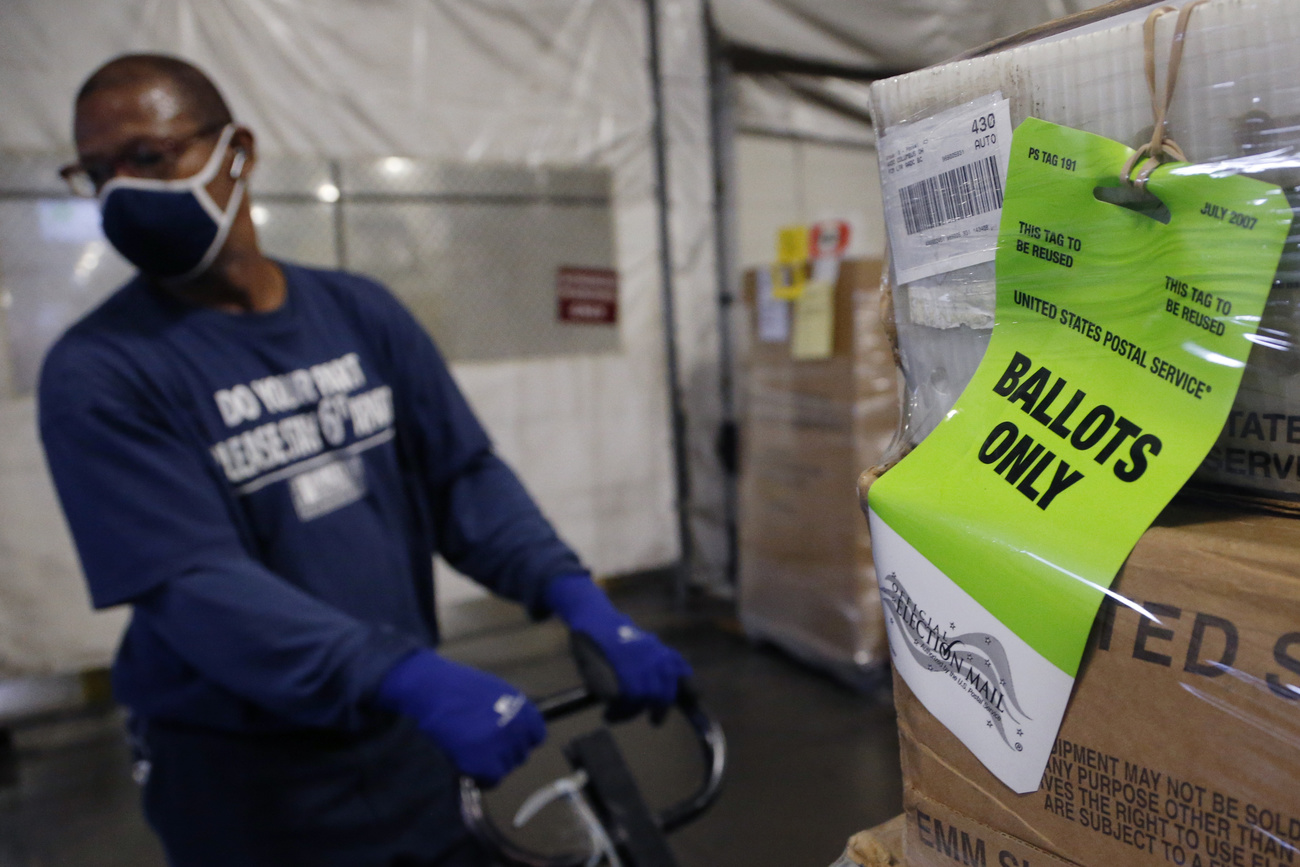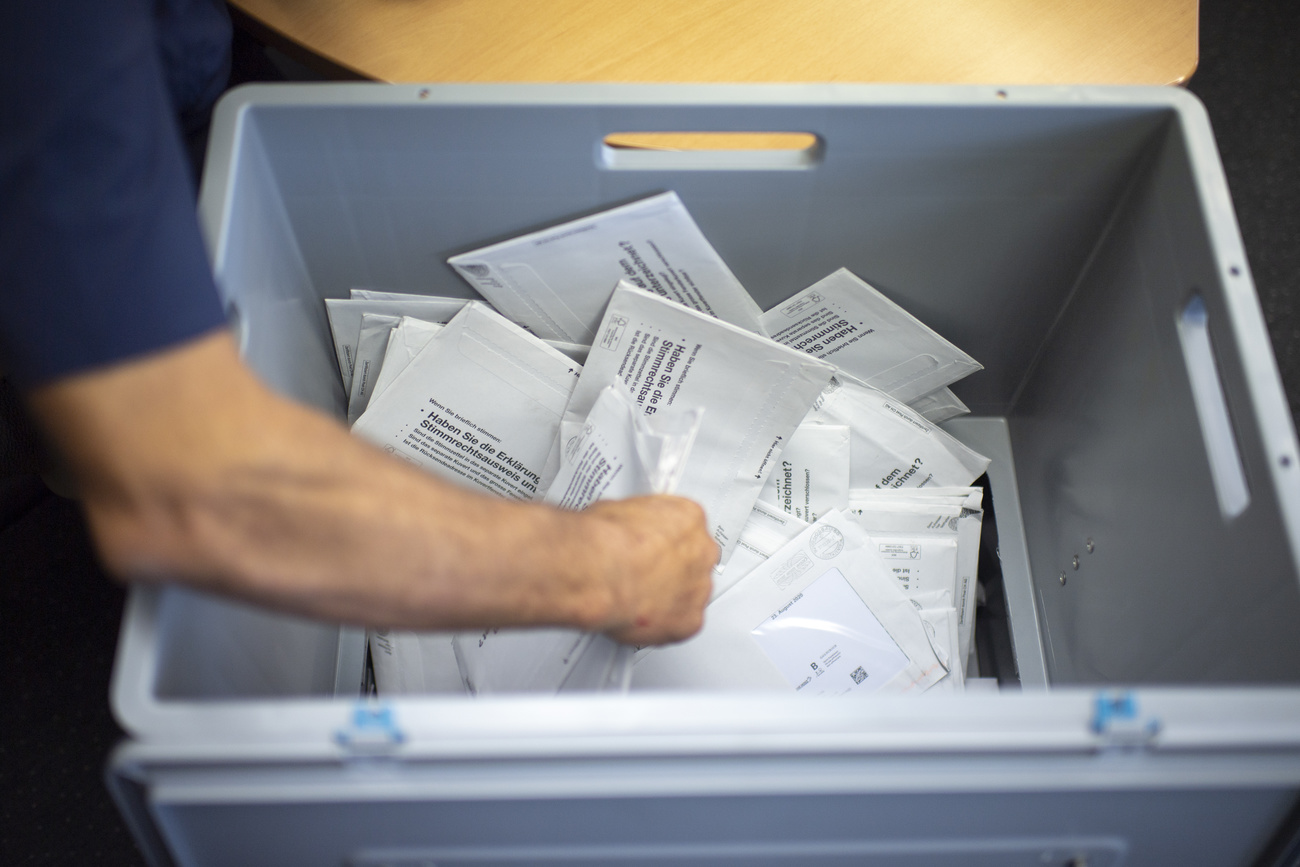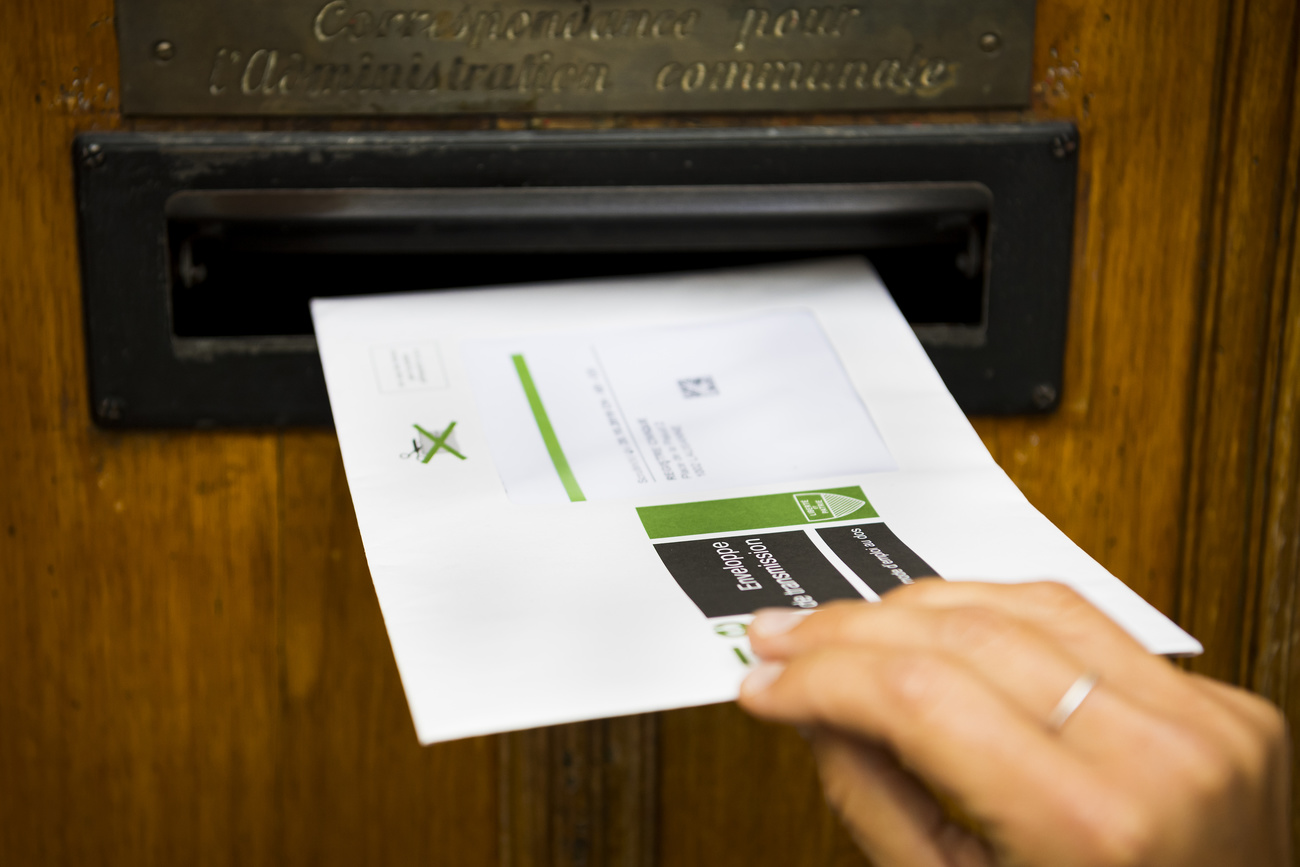How the pandemic has expanded the role of postal voting worldwide

The Covid-19 pandemic has prompted voters around the world to cast their election ballots remotely and thus avoid the risk of a trip to the polling station – including in the US, where record numbers voted by mail in this year’s election.
The past year will go down in history as a momentous one for democracy: power structures around the world have been destabilised by Covid-19, while protests have taken to the streets in many authoritarian countries.
Voting behaviour has also been impacted. With public health restrictions in place in most parts of the world, citizen participation in the general opinion-forming process, including in elections and referendums, has been disrupted.
Most obviously, social distancing and self-isolation make going to the polls harder than usual. Protective measures are difficult to enforce in small polling stations, which discourages voters in high risk groups from turning up in person.
How have countries been dealing with these challenges? We take a look at available statistics and concrete case studies.
Varying turnout
The graph below gives an overview of how voter turnout in general elections held since the pandemic began has deviated from previous years.
In most countries, turnout has been lower than usual. However, this does not apply to all, and some have even seen a higher turnout than in previous years. Why?
‘When, what and how’
The International Institute for Democracy and Electoral Assistance (IDEA), a democracy support agency which monitors elections and referendums around the world, has identified three variables that favour a high turnout even in the current circumstances – timing, context and special voting arrangements.
With regard to timing, Slovakia, Togo and Israel – who all recorded higher turnouts – held their national elections at the start of the pandemic, at a time when no Covid-19 cases had been yet reported in their territories.
As for political context, national perception is a key variable. Voters in Montenegro and Poland, for example, viewed their elections as crucial, and both races were also closely fought, which increased turnout.
Mitigation measures to contain the spread of the virus also play an important role in elections and participation. The April parliamentary election in South Korea, for example, has been widely hailed as a success story. While other countries postponed their elections during this time, South Korea experienced its highest turnout.
South Korean example
The success can be attributed to a mixture of concrete mitigation measures.
Before now, postal voting in South Korea was only available to a limited group of people, and only if they registered with the authorities in advance. In the most recent election, however, the channel was made more accessible to the population at large, with eligibility criteria relaxed to include hospital patients and those in isolation or quarantine.
The authorities also provided two additional deadlines for early voting and implemented strict measures to ensure voters’ safety at the polling stations. So as not to confuse voters, they also made sure the new procedures were transparent and the population was well informed.
The new measures achieved a record turnout: 15 percentage points above the average for the last ten years.
Swiss record
At the end of September 2020, in Switzerland’s most recent popular vote, a turnout of almost 60 percent was achieved. This was the fifth highest turnout since universal suffrage was introduced nearly fifty years ago.
All three of IDEA’s variables played an important role in Switzerland’s September vote:
Timing: The pandemic was perceived to be largely under control in September. The public was relatively relaxed, despite experts’ warnings.
Context: As the pandemic forced authorities to merge the spring vote with the September vote, the public was presented with five proposals to vote on, some of which were highly controversial.
Safe voting: In Switzerland, remote voting is extremely popular and widely accepted. An estimated 90 percent of the ballots are usually cast by mail. Some cantons even recorded a 95 percent share of postal ballots in the September votes, which could be attributed to the fact that the authorities advised people to vote remotely.

More
How the world’s most frequent voters handle postal ballots
Postal voting: a welcome alternative, but no miracle
True or false? “Improved access to postal voting leads to a high turnout.”
Answer: Yes and No
The trend in postal voting is also on the rise elsewhere, such as in the German state of Bavaria. During the first round of elections there in March 2020, voters could decide to either go to the polls or vote remotely, but in the second round the only option was to vote by mail. This resulted in a slightly higher turnout, up from 58.8 percent in the first round to 59.5 percent in the second round.
Things were different in the Austrian city-state of Vienna. Despite improved opportunities to vote by mail, the turnout in the October 11 election was 10 percentage points lower than five years ago, even though twice as many people had registered for postal voting. Though surveys have shown that some chose not to vote for political reasons, and not because of the pandemic.
For Peter Wolf, an election observer with IDEA, “the trend indicates that – if available – postal voting will become increasingly important and more and more people will use it, regardless of whether overall turnout is rising or falling.”
As the US election draws to a close, this is exactly what we are witnessing: never before did so many Americans cast their votes by mail as in 2020.
Translated from German by Billi Bierling.

In compliance with the JTI standards
More: SWI swissinfo.ch certified by the Journalism Trust Initiative




Join the conversation!